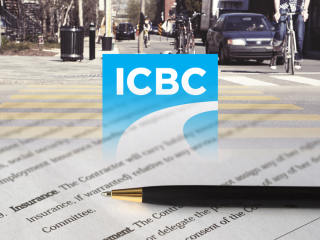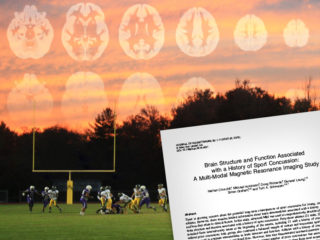The holiday season is here, which means the return of festive spirit, quality time with friends and family, and unfortunately… increased numbers of impaired drivers.
The latest Reduce Impaired Driving Everywhere (R.I.D.E) program launched on November 24 in anticipation of the holiday season. By December, the random spot check initiative led by the Ontario Provincial Police (OPP) had already resulted in over 100 impaired driving charges. Whether this year’s festive RIDE program will exceed last year’s total of 573 drivers charged for impairment offences remains to be seen, but the message is clear: there are dangerously impaired drivers on the roads.
Penalties for impaired driving
Impairment is measured by your blood alcohol concentration (BAC); the amount of alcohol in your blood. If the police measure your BAC in the 0.05-0.08 range, they can issue you a warning with a license suspension and a $180 fine. If your BAC is over 0.08, you may be charged and convicted leading to jail time, a $1000 fine, license suspension, and other restrictions. The amount of alcohol you need to consume to achieve these BACs varies for each person.
Most tactics to avoid RIDE checks will not be effective. Backup police units pursue drivers who U-turn at the sight of the RIDE checks. Further, officers are trained to quickly assess each driver for signs of impairment, including bloodshot eyes, dilated pupils, alcoholic odors, slurred speech, and admissions of consumption.
Online warnings
But what about the Internet? Social media users often post warnings reporting the location of RIDE checks. While the police are unlikely to charge you for making posts disclosing their locations, you should consider the consequences of doing so. An impaired driver may succeed in evading a RIDE check through your post and cause serious injury to themselves or others – it certainly does not make our roads safer. Therefore, before making such posts, consider it from an ethical standpoint and what the post will achieve. We all have a social responsibility to keep each other safe.
In addition to relying on the public to do the right thing, the police have developed new tactics to maintain the effectiveness of the RIDE program using social media posts of their own. For example, they may create posts to draw attention to a specific RIDE check while setting up alternate checks on neighbouring streets to catch evading drivers. Regardless of how it is used, social media has raised awareness that the RIDE program is in full effect to stop impaired driving.
Getting home safely
As you attend social events over the holiday season, always have a plan to arrive home safely. Options include having a designated driver, calling a taxi or Uber, or using public transit.
You may also consider programs like Designated Drivers Against Drunk Drivers (DDADD), which will dispatch a team of two drivers to drive you and your car home safely. The fees you pay for these services are well worth avoiding the consequences of an impaired driving charge or seriously injuring someone.
This holiday season, make getting home safely to your loved ones your top priority.
Thank you to Articling Student Kevin Kwok for the assistance received with the research and writing of this blog entry.













